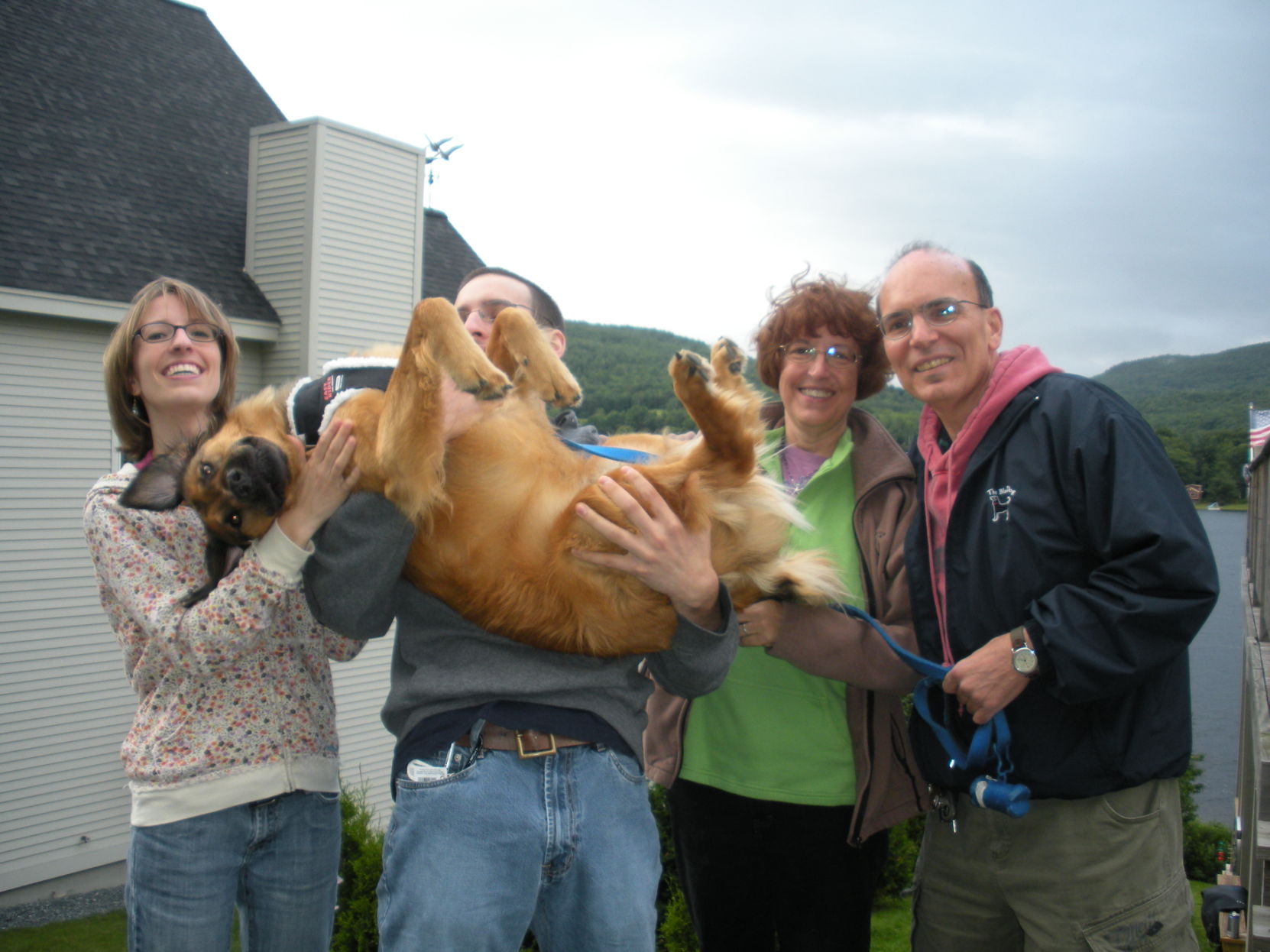When Rusty, an energetic brown mixed-breed dog, tore his ACL in 2012, his owner decided against surgery, the standard procedure, in favor of a newer, more unconventional option: stem-cell therapy.
Karen Curtis, Rusty’s owner, said she decided to bring her dog to Garden City Park Animal Hospital when she noticed odd changes in his behavior.
Rusty no longer enjoyed his long walks and he played less at the park, she said.
“At the time, he was going to the dog park almost every day, and he just wasn’t playing with the other dogs as hard as he used to,” said Cutis, 60, of New Hyde Park.
Jennifer Steiger, a veterinarian at the Garden City Park Animal Hospital, said Rusty had a 20 percent cruciate ligament tear, in other words, a partially torn ACL, which historically requires surgery to treat.
But Curtis said she was interested in non-surgical alternatives.
“I knew a lot of dogs at the dog park that had the surgery, and it leaves a big scar,” she said. “And the doctor was telling me about the stem cells, and I decided to give it a try.”
Steiger said she is one of the few veterinarians on Long Island certified for stem cell therapy “compassionate use” – the use of the treatment in cases with few alternatives but for which definitive data supporting the treatment’s benefits is still forthcoming.
Rusty’s injury met the conditions.
“She wanted to try it knowing it potentially may not fix the issue,” Steiger said.
The hospital has performed stem cell therapy for a number of years, usually with good results, said Gary Dattner, the hospital’s chief of staff.
He said the treatment is proven to lead to improvements in over 80 percent of osteoarthritis cases in dogs, but Garden City Park Animal Hospital has also used the treatment for other cases, including cardiac and renal disease.
“We see clinical improvement in greater than 80 percent of cases,” Dattner said.
In Rusty’s case, Steiger removed fat from his abdomen during a 20-minute procedure and mailed it to VetStem, a company in California that isolated the stem cells. From there, Steiger injected the stem cells into Rusty’s joint.
His recovery took several months, but now, two years after his treatment, he is doing fantastic, Steiger said.
“He plays. He goes to the dog park,” she said. “He has a normal life.”
And Curtis said she is happy with the path she chose.
“It seemed a lot easier; he didn’t have the scar,” she said. “He’s been running as fast and hard as he ever did.”



